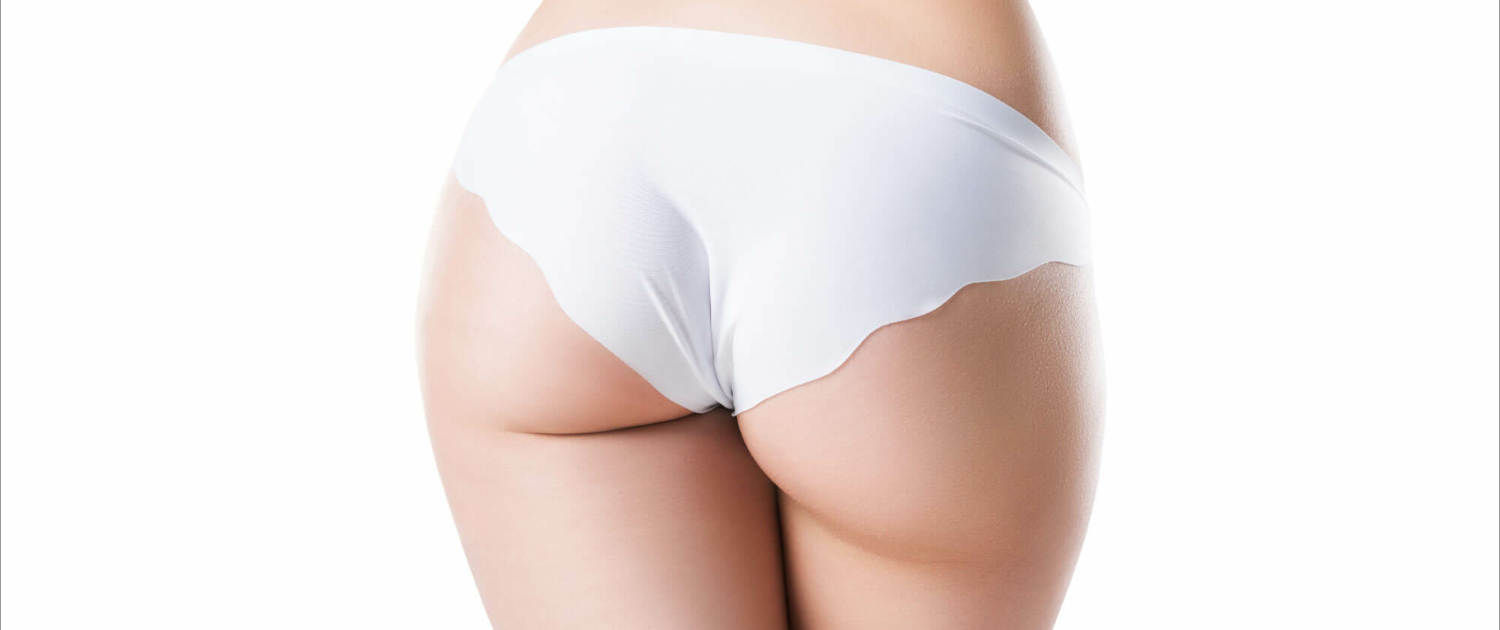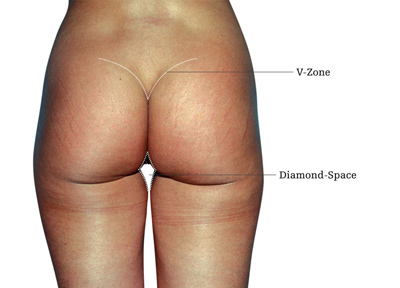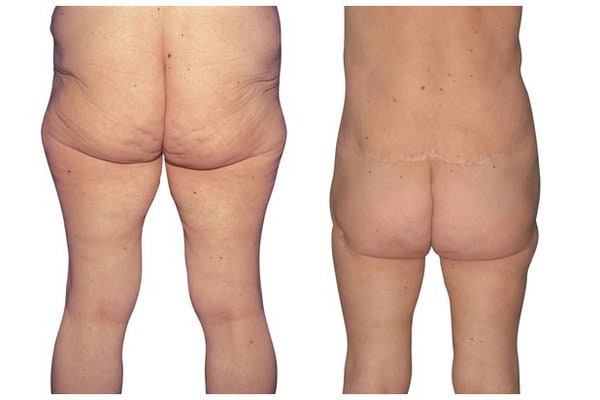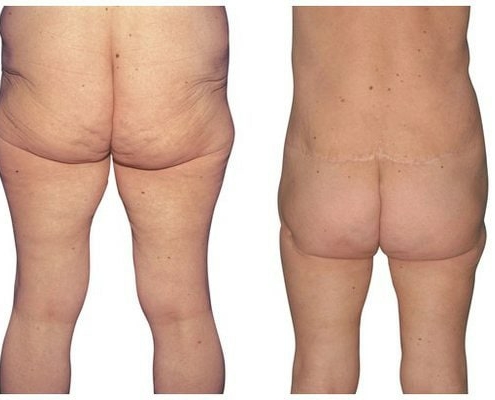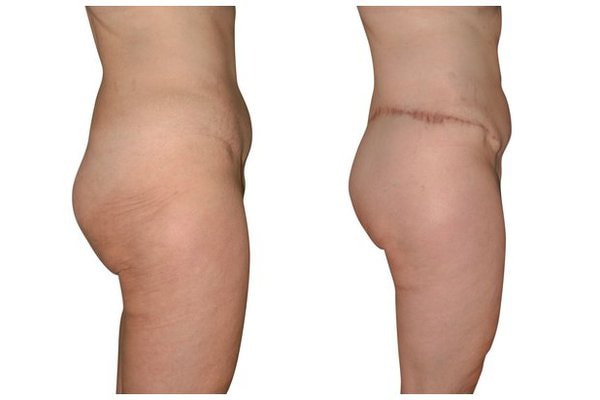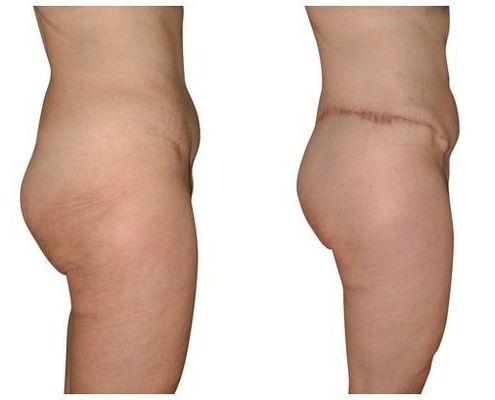1. What methods of buttocks lifts are there?
There is only one method. At the upper edge of the buttocks a V-shaped skin incision is performed, the skin dissected to the muscle fascia, and the excess skin is brushed up and removed . In addition to the desired lift of the buttocks, form correction may also be done.
2. What are the methods of form correction?
Most often, it is necessary to add in volume in the upper buttock area. This can be achieved by dermis flaps, autologous fat transplantation or silicone implants.
3. Where is the scar of a buttock lift?
It runs v-shaped approximately at the level of the iliac crest from top lateral towards the bottom crease of the column and symmetrically opposite.
4. How long will the surgical outcome last?
If there are no massive weight fluctuations, the results last a long time. Gravity may cause the seat to drop again so you have to repeat the operation several years later.
5. Will insurance pay for the procedure?
The buttock lift is a purely aesthetic procedure and will therefore never be covered by health insurance.
6. Is general anesthesia used in a buttock lift?
An operation of this magnitude must be performed under general anesthesia.
7. How many nights must I stay in hospital?
In general, you must count on two to three nights stay in hospital.
8. What complications can occur?
The most common medical complications, due to the size of the wound area, are bleeding, wound infection and slow wound healing. Aesthetic complications may include asymmetrical scars and pulling of the anchor sutures. With careful work, medical complications are very rare. The frequency of aesthetic complications is rather determined by the routine of the operator.
9. When is one “operational” after a buttock lift?
After about 10 days. At home, during convalescence, the seated position should be avoided for a period of 14 days. In order to avoid pressure on the scar, one should lie on the stomach or side.

